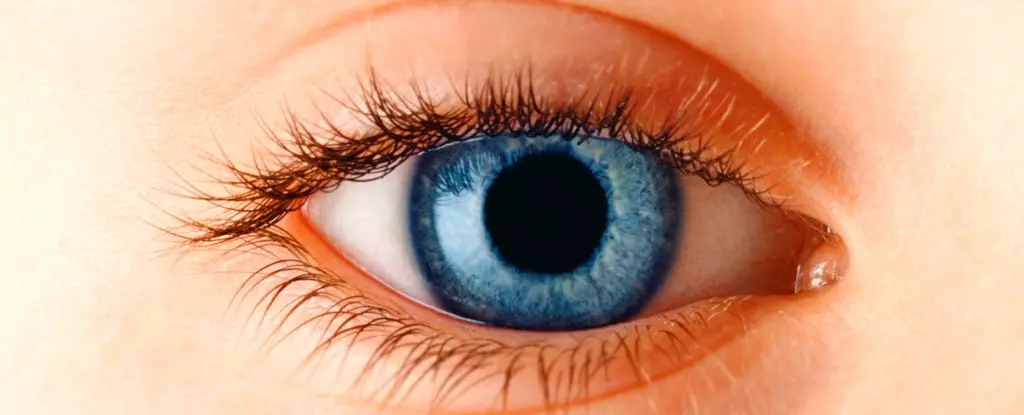The increasing prevalence of myopia, or nearsightedness, in children has become a significant global health concern. With global figures indicating that nearly 35% of children are affected, and projections forecasting that this percentage could rise to 40% by 2050, the magnitude of this issue cannot be overstated. Research has unveiled troubling statistics, suggesting that over 740 million children could be diagnosed with myopia within the next few decades, illuminating the urgent need for awareness and intervention.
Myopia primarily manifests as a refractive error, resulting in difficulty seeing distant objects clearly. This condition generally occurs when the eyeball grows longer than normal, leading to light being improperly focused on the retina. Factors contributing to excessive eye growth can either be genetic or environmental. Genetic predispositions play a crucial role—children whose parents are myopic are more likely to develop this condition themselves.
However, environmental influences such as prolonged near-work activities significantly contribute to increased rates of myopia. The modern lifestyle, characterized by excessive screen time and reduced outdoor activities, poses a risk factor for developing and worsening myopia. The dual factors of near visual stress and limited exposure to natural light create a concerning intersection that necessitates urgent attention.
The advent of technology has reshaped daily life, especially for children, making the connection between screen time and myopia development paramount. By engaging in close-up activities, typically facilitated by tablets, smartphones, and computers, children strain their eyes and exacerbate the risk of developing myopia.
On the other hand, outdoor play appears to offer a buffer against the onset of myopia. Studies indicate that merely increasing outdoor time by one to two hours per day might significantly reduce the onset of the condition over a couple of years. Sunshine is believed to play a role—higher light intensity may trigger biochemical events that release dopamine, a substance that seems to inhibit excessive eye growth. Essentially, fostering an environment that encourages outdoor play is a proactive measure towards mitigating myopia.
A comprehensive study published recently examined myopia trends over three decades, drawing upon data from 276 studies that included over 5.4 million participants aged 5 to 19, spanning 50 countries. The data indicated alarming trends: by 2050, it is predicted that over 50% of adolescents between the ages of 13 and 19 will experience some degree of myopia.
These findings resonate with earlier studies, including an Australian thorough analysis in 2015 that also predicted a sharp rise in myopia cases. The consistency of these results underscores the urgent need for systematic interventions and public awareness to address this concerning epidemic.
Promptly diagnosing and treating myopia is pivotal to avoiding potential long-term effects, as uncorrected myopia can lead to academic difficulties and other challenges in childhood. Early intervention is not solely about providing corrective lenses; it’s about preventing the progression to high myopia, which increases the risk of severe eye conditions. These include complications such as retinal detachment, glaucoma, and myopic maculopathy—all of which can culminate in irreversible vision loss.
Parents should remain vigilant for signs that their child may be experiencing myopia—confirming behaviors such as squinting, difficulty seeing classrooms or screens from a distance, or frequently moving objects closer should prompt an eye examination.
In light of the alarming rise in myopia, researchers and optometrists are actively exploring various strategies to control its progression. Current interventions include:
1. **Orthokeratology (Ortho-K)**: This innovative approach utilizes specially designed hard contact lenses that reshape the cornea during sleep, temporarily correcting vision and providing an alternative for children during the day without the need for eyewear.
2. **Atropine Eyedrops**: Studies indicate that low-dose atropine eyedrops can effectively slow myopia progression. These drops are easy to administer, boast minimal side effects, and, unlike contact lenses, eliminate the risk of infection.
In tandem with these interventions, regular eye examinations remain the backbone of managing and understanding the intricacies of myopia. By partnering with eye care professionals, parents can devise targeted strategies suited to their children’s specific needs.
As myopia continues its upward trajectory, a concerted effort on all fronts—families, schools, and health professionals—is crucial to stave off this escalating crisis. Encouraging outdoor activities, moderating screen time, and fostering an awareness of the signs and symptoms of myopia can arm families with the tools necessary to protect their children’s sight. As we navigate this rapidly evolving landscape, proactive measures and knowledge-sharing will prove vital in combating the myopia epidemic and safeguarding future generations’ vision.


Leave a Reply